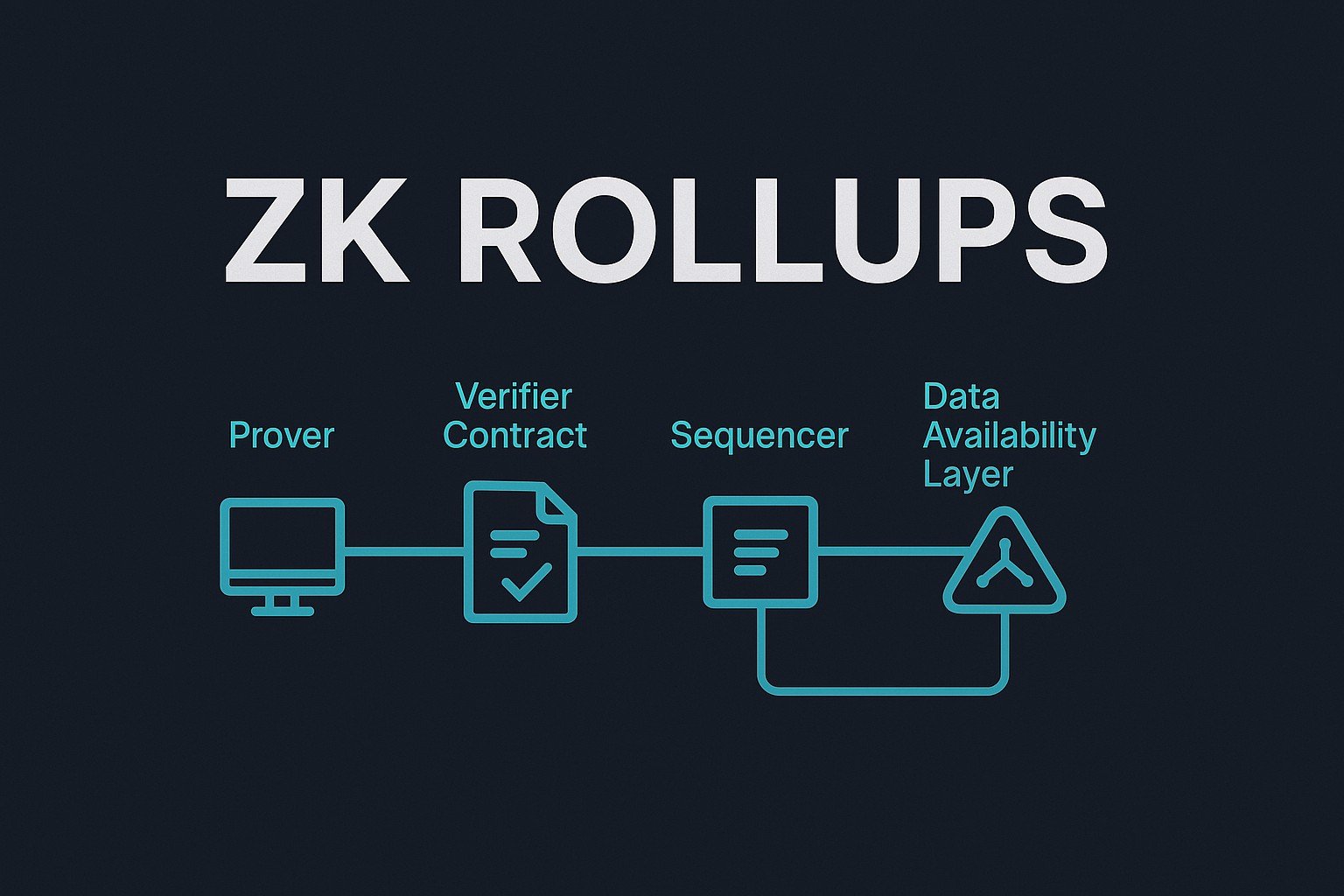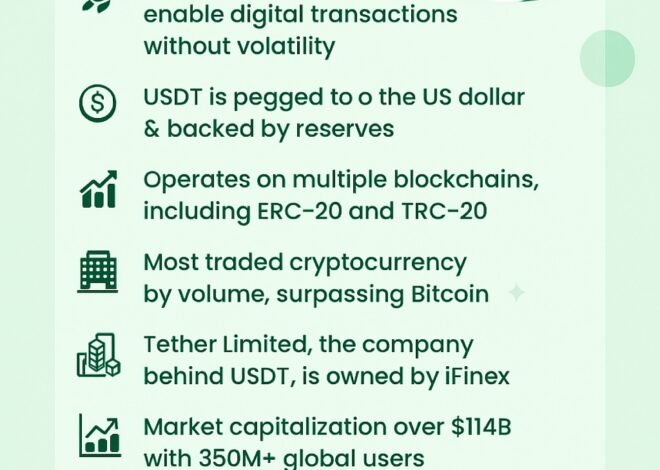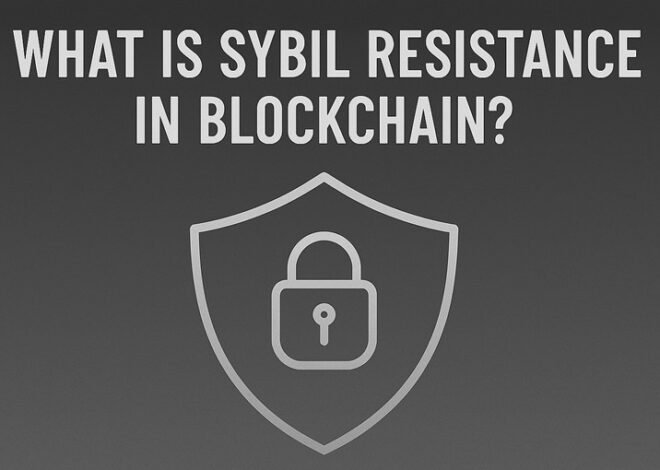
What are ZK Rollups? A Deep Dive into ZK Rollups
Layer-1 blockchains like Ethereum face a constant tension between security, decentralization, and scalability. ZK Rollups emerge as one of the most promising Layer-2 techniques to break through those limits. This post unpacks what ZK Rollups are, how they work under the hood, and why they matter for the future of decentralized applications.
The Scalability Trilemma and Layer-2 Solutions
The scalability trilemma states that blockchains can only optimize two of three properties at once: security, decentralization, and scalability. Layer-2 solutions shift computation and data off the main chain, aiming to boost throughput without compromising on security. Among them:
- State Channels bundle many transactions off-chain in a private channel.
- Sidechains run parallel chains secured by their own validators.
- Rollups batch transactions on Layer 2 and post condensed proofs or fraud challenges on Layer 1.
ZK Rollups represent the subclass of rollups that use cryptographic proofs to guarantee validity before data hits the mainnet.
Core Concepts Behind ZK Rollups
ZK Rollups rely on zero-knowledge proofs to vouch for the correctness of large batches of transactions in a single shot. Their main pillars are:
- Prover: An off-chain engine that executes transactions, builds updated state, and generates a succinct proof (such as a zk-SNARK or zk-STARK).
- Verifier: A smart contract on Layer 1 that accepts or rejects the proof in milliseconds, without re-executing every transaction.
- Data Availability: Transaction data must still be posted on-chain or through a dedicated data layer so any node can reconstruct state if needed.
This architecture decouples execution from verification, compressing hundreds of operations into one on-chain proof.
| Component | Role in ZK Rollup |
|---|---|
| Prover | Generates zero-knowledge proof for batch validity |
| Verifier | Smart contract on Layer 1 that validates proofs |
| Sequencer | Organizes and executes off-chain transactions |
| Merkle Tree | Maintains state and enables efficient verification |
Each component focuses on one aspect of scaling so developers can build high-performance dApps without reinventing cryptography or consensus.
How Zero-Knowledge Proofs Work
Zero-knowledge proofs allow one party to prove knowledge of a statement without revealing underlying details. In the context of rollups:
- zk-SNARKs require a trusted setup but yield very small proofs and fast verification.
- zk-STARKs eliminate trusted setup and offer post-quantum security at the cost of larger proof sizes.
When the prover submits a proof to the verifier contract, the mainnet performs a single check to confirm that every off-chain transaction in the batch was valid.
| Feature | ZK Rollups | Optimistic Rollups |
|---|---|---|
| Proof Type | Cryptographic proof before finalization | Fraud-proof contests after finalization |
| Finality | Instant once the proof is verified | Delayed by challenge period (often 1–2 weeks) |
| On-chain Gas Costs | Lower, since only proofs and data are posted | Higher, as full transaction data and challenges are on-chain |
| Smart Contract Support | Evolving toward full EVM compatibility | Broad support today for arbitrary contracts |
| Complexity of Tooling | High, due to cryptographic circuits and setups | Lower, can reuse existing Ethereum tooling |
This comparison highlights why ZK Rollups deliver faster finality and lower fees, but currently require more sophisticated infrastructure.
Benefits of ZK Rollups
- Lower transaction fees by batching and compressing data
- Near-instant transaction finality upon proof verification
- High security with Ethereum’s consensus powering the verifier
- Privacy potential through selective disclosure in proofs
These advantages explain why ZK Rollups are gaining traction for DeFi, NFTs, and other high-volume use cases.
Challenges and Limitations for ZK Rollups
- Building zk-SNARK or zk-STARK circuits demands deep cryptographic expertise
- Trusted setups (for SNARKs) introduce one-time ceremony risks
- Data availability must be managed carefully to prevent censorship
- Full EVM equivalence is still under development for complex smart contracts
Addressing these hurdles will be critical for broad adoption beyond simple token transfers.
Real-World Implementations and Use Cases
- zkSync: EVM-compatible ZK Rollup focusing on developer ergonomics
- StarkNet: Starkware’s StarkEx rollup powering dYdX and ImmutableX
- Polygon zkEVM: Aims to mirror Ethereum’s behavior with ZK proofs
- Loopring: High-throughput order matching for decentralized exchanges
Each project illustrates how ZK Rollups can scale payments, trading, and even smart contracts without sacrificing security.
The Road Ahead for ZK Rollups
As tooling matures, we’ll see:
- Full EVM feature support with on-chain equivalence
- Interoperability bridges between rollup chains
- Native privacy features via selective zero-knowledge disclosures
- Faster, more accessible setups eliminating trusted-setup concerns
These developments will pave the way for user experiences that rival centralized systems while preserving sovereignty.
Getting Started with ZK Rollups
- Explore documentation for zkSync, StarkNet, or Polygon zkEVM.
- Deploy simple token transfer circuits using open-source tooling.
- Join community channels to learn about trusted setups and proof optimizations.
- Prototype a small dApp and measure gas savings and finality.
Hands-on experimentation is the fastest path to mastering ZK Rollups.
Conclusion
ZK Rollups represent a paradigm shift in blockchain scaling by marrying cryptographic rigor with economic efficiency. They offer a blueprint for high-throughput, low-cost, and privacy-aware applications. As the ecosystem pushes toward full EVM support and streamlined proof systems, ZK Rollups will underpin the next generation of decentralized services.
Read Also-
Types of Consensus Mechanisms – Lotus Crypoos
Top Cryptocurrency ETFs – All You Need to Know
Ethereum vs Ethereum 2.0: What’s the Difference?


